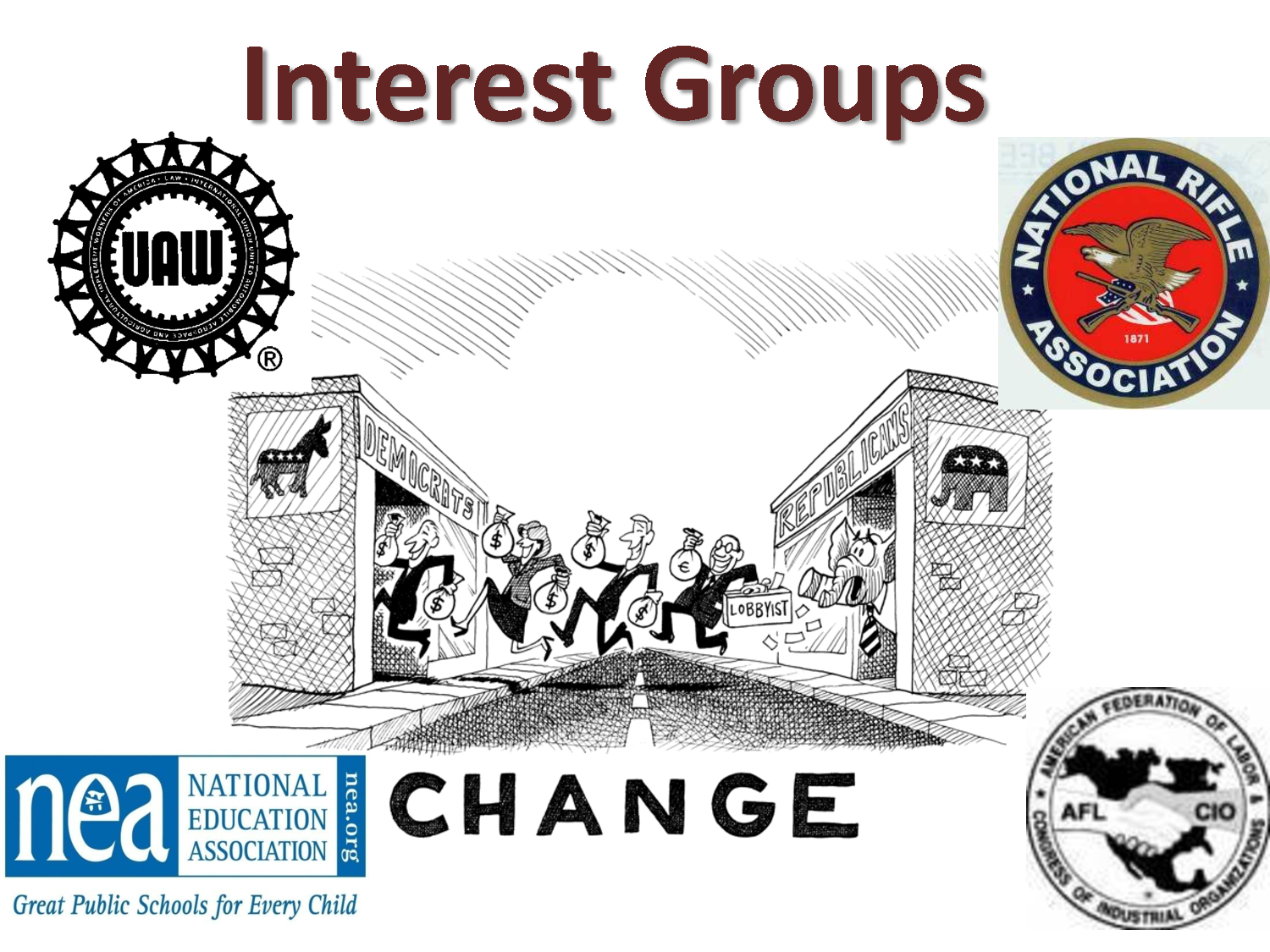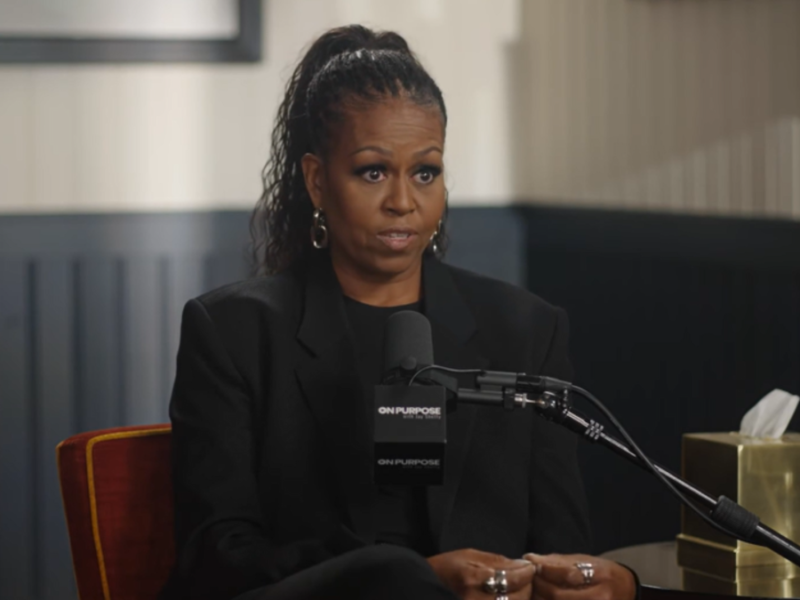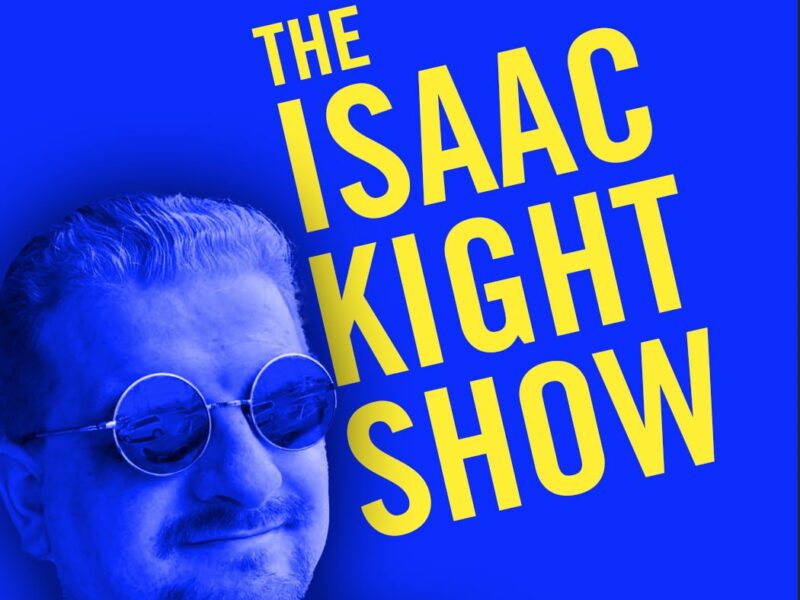America’s Multi-Party System
Over the last fifteen years, America’s major political parties have undergone a major realignment, resulting in an overwhelming degree of political polarization among the electorate. Why?
One of the great misconceptions about American politics is that we have a two party system. The reason this assumption is wrong lies in the popular use of the term “political party.” In just about any other country in the world, the Republican and Democrat parties would be called “standing coalitions”, not “parties”, and that would be a far more accurate term.

The two major American political parties each comprise cooperative agreements among smaller, distinct interest groups and demographics whose goals sometimes align and sometimes don’t. In other countries, each of those interest groups would have their own party with a relatively narrow platform, and those parties would negotiate a compromise to work together (coalition) at the conclusion of each election to form a government and an opposition. For instance, many European countries have small parties dedicated to protecting the interests of pensioners. These parties really don’t care about military spending or foreign policy or environmental management, but they are happy to throw their support behind a coalition that won’t cut social spending or increase the retirement age and will support social spending and healthcare access for the elderly.
In some places, parties that consistently work together on the national stage (especially parties that are otherwise regional) form standing coalitions. Their promise to work together becomes part of their campaign platform, kind of like the joint ticket between presidential and vice presidential candidates in the US. In Germany, the ruling, center-right CDU party has a standing partnership with CSU, CDU’s Bavarian counterpart. That partnership affords both parties far more clout than either could ever hope to achieve on their own. In recent years, however, CSU voters have become increasingly wary of this arrangement, as CDU has leaned too far left to maintain a partnership with the center-left SDP, Germany’s other main party, and allowed CSU’s desire for immigration reform to go unanswered. The American Democrats and Republicans have a lot in common with the CDU/CSU coalition.
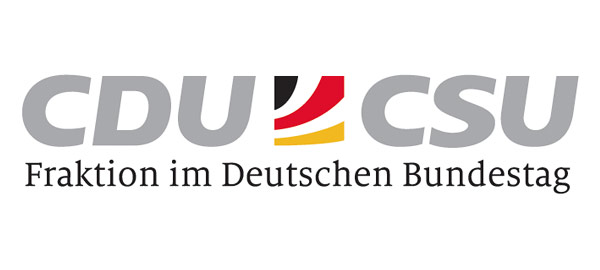
Many years ago, when I lived in California liberal, I attended a campaign event for Cruz Bustamonte, then Lt. Governor and candidate for Governor in the recall election of 2003. The man made a prophetic observation: he pointed out that the Democrat party was largely based on cooperation between union workers and environmentalists (the Labor and Green parties in most other countries), and that such an arrangement was untenable in the long-term, because the interests of those two groups are fundamentally at cross-purposes. He was more than right. I would go further to say that the Democrat standing coalition has for several decades included labor, environmentalists, immigrants and religious and racial minorities, social libertines, foreign policy doves, urban interests, and people who support large centralized governance.

The Republican standing coalition has included during the same period Christian conservatives, social conservatives, fiscal conservatives, libertarians, business owners, isolationists, rural voters, and foreign policy hawks. As recently as my own childhood, proponents of small and/or local government had a place in both parties, depending on why they wanted the government’s wings clipped, but those days are long gone, with socially liberal libertarians having abandoned the Democrat ship in favor of third party registration twenty years ago.
Over the last few decades, the Democrat coalition has become increasingly unbalanced and uninterested in popular opinion when forming its platform. The environmentalists, social libertines, and big government enthusiasts have become the dominant voices in the party, despite the fact that union workers, immigrants, and religious and racial minorities tend to be socially centrist or conservative and interested in economic growth. At the same time, the Republicans figured out that catering so loudly to Christian conservatives and foreign policy hawks wasn’t doing them any favors, and pivoted their focus to the more widely popular and centrist policies of reduced regulation and conservative (or at least, purpose-driven) fiscal policy.
At the same time that union workers have shifted from Democrat to Republican voter registration, some traditional Republican voters have lurched to the left. Corporate executives and people working in the financial sector used to vote with the GOP, because they favored economic growth and limited fiscal regulation. However, they also favor increased federal oversight rather than devolution of power to state and local government. With the Democrat party championing big government, these voters have largely taken up the space in the Democrat party left by labor voters.
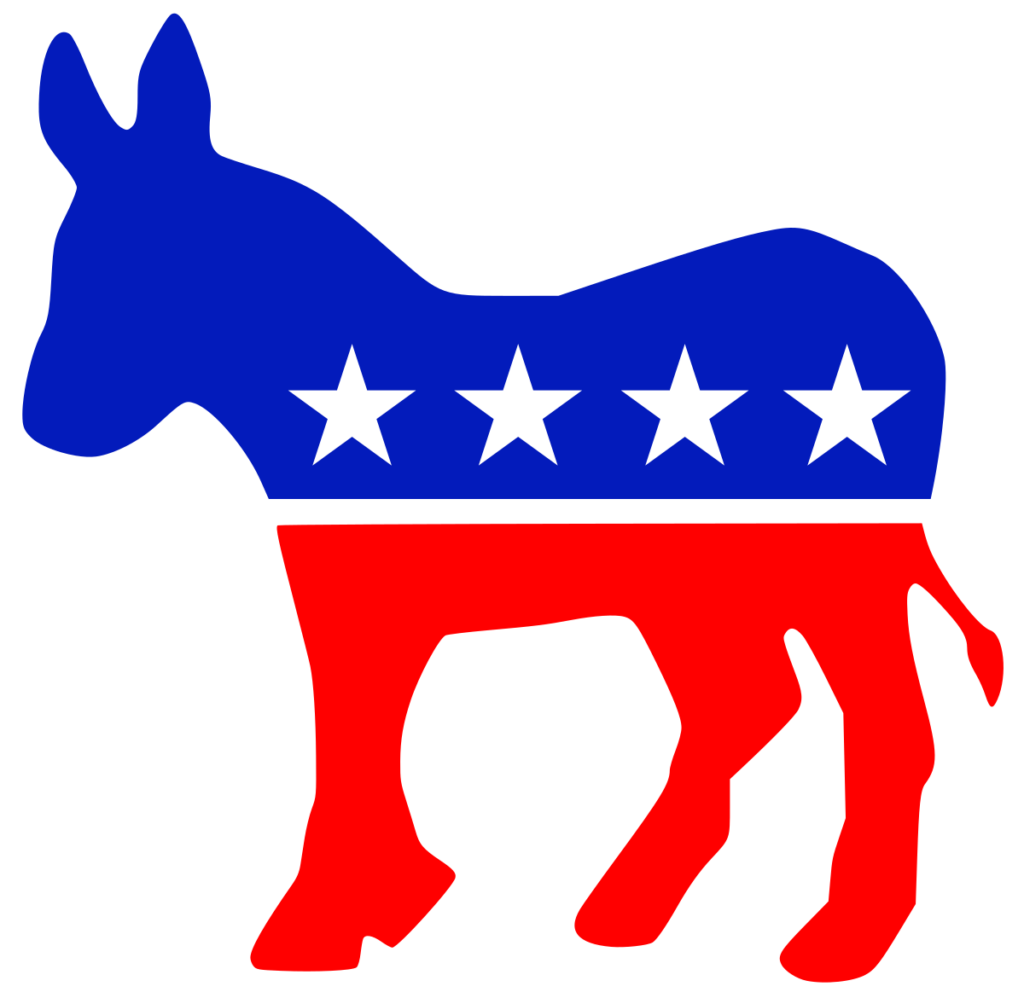
Four years ago, Donald Trump capitalized on that pivot by using a pro-economic growth campaign to woo centrist union workers away from a Democrat party that no longer seems remotely interested in their vote. In pursuit of this group, which is less committed to conservative social values, Trump avoided the usual Republican commitments to socially conservative talking points or the pandering to demographic minorities that chased labor voters from the Democrats in the first place. Instead, Trump kept close watch on opinion polls and formulated his campaign based on the goals and values reported by likely voters.

For instance, union workers (and most minority demographics) aren’t particularly impressed by an all-in pro-life campaign plank, but the vast majority support increased regulation of abortion. With the Democrat plank of “on demand, without apology”, Trump’s careful position of increased regulation, combined with foster care and adoption reform, speaks loudly to a huge swath of traditional Democrat voters without risking the support of voters on the social right. Business owners, entrepreneurs, and union workers all stand to lose from the regulatory burden, taxation policies, and foreign policies championed by the Democrats, so a Republican emphasis on growing the economy and hard-line trade negotiations without reducing infrastructure funding carries broad appeal on both the left and right.
Social conservatives have largely reached the conclusion that reduced government interference, especially in education, supports religious liberty. Likewise, failing schools, politicized curricula, and campus violence have put access to alternative education on the radar for religious and racial minorities. Reduced military involvement overseas carries broad support across the American political spectrum, so draw downs in Iraq, Afghanistan, and Germany are both meaningful and safe policies for the Trump administration. Meanwhile, he has soothed the GOP hawks by committing to new construction of military equipment–a policy also supported by union workers, and he has soothed fiscal conservatives by making public demands for competitive pricing on contracts for military equipment. Meanwhile, Democrats have played into Republican hands by objecting to reduced foreign involvement in a play to appease big government enthusiasts, at the expense of foreign policy doves.
In short, the Democrat standing coalition is crumbling under poor management that places the ideological goals of a minority above the cause of nurturing cooperation among a diverse collection of interests. Meanwhile, Republicans have focused (Trump especially) on finding common ground among diverse constituencies. This historic realignment holds the opportunity for American voters to dig deep and find overlapping interests with each other in ways we normally don’t.




